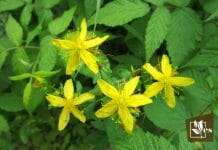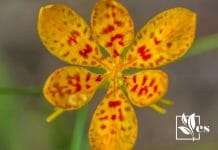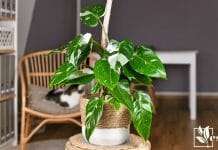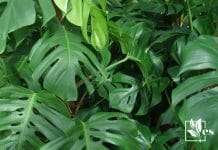What are runners in plants, is a notion to think of if you wish to be more detailed, as you may also go ahead and grow your curiosity about their functions and importance. This article will explore what runners are, their importance to a plant, and their advantages and drawbacks. We will also get to know the other modifications of a stem – like theirs. Keep reading to discover more about runners in plants.
This article will explore what runners are, their importance to a plant, and their advantages and drawbacks. We will also get to know the other modifications of a stem – like theirs. Keep reading to discover more about runners in plants.
JUMP TO TOPIC
What Are Runners in Plants?
The runner plant is a subaerial modification of the stem. It is considered sub-aerial because part of it is in the air, and a part is in contact with the ground, developing above the soil’s surface. New plants are then created when the node on that branch generates accidental roots.
– Functionality
Plant runners are stem-like growths that extend from a mother plant’s developing point, such as a strawberry’s crown. Gardeners can often see runners in common plants, but we might need to be more familiar with the terms used to refer to them.
They are the ones that lack any significant leaves for photosynthesis; therefore, they must obtain their energy from the mother plant. After taking root, the daughter plant begins to photosynthesize in preparation for new growth and potential runner development.
What Are Some of The Common Runner Plant Examples?
Some common runner plant examples are the strawberry plants and the way it grows their stems, and another example is the oxalis plants, as you check how they grow. Lastly, there’s also the spider grass as a common runner plant.
– Strawberry Plant
One of the best runner stem examples are the strawberry plants, and they are also one of the most popular runner plants is a bush of strawberries. The plant may start developing runners if it is already a year old. Those early-formed runners are robust, have strong roots, and can produce more.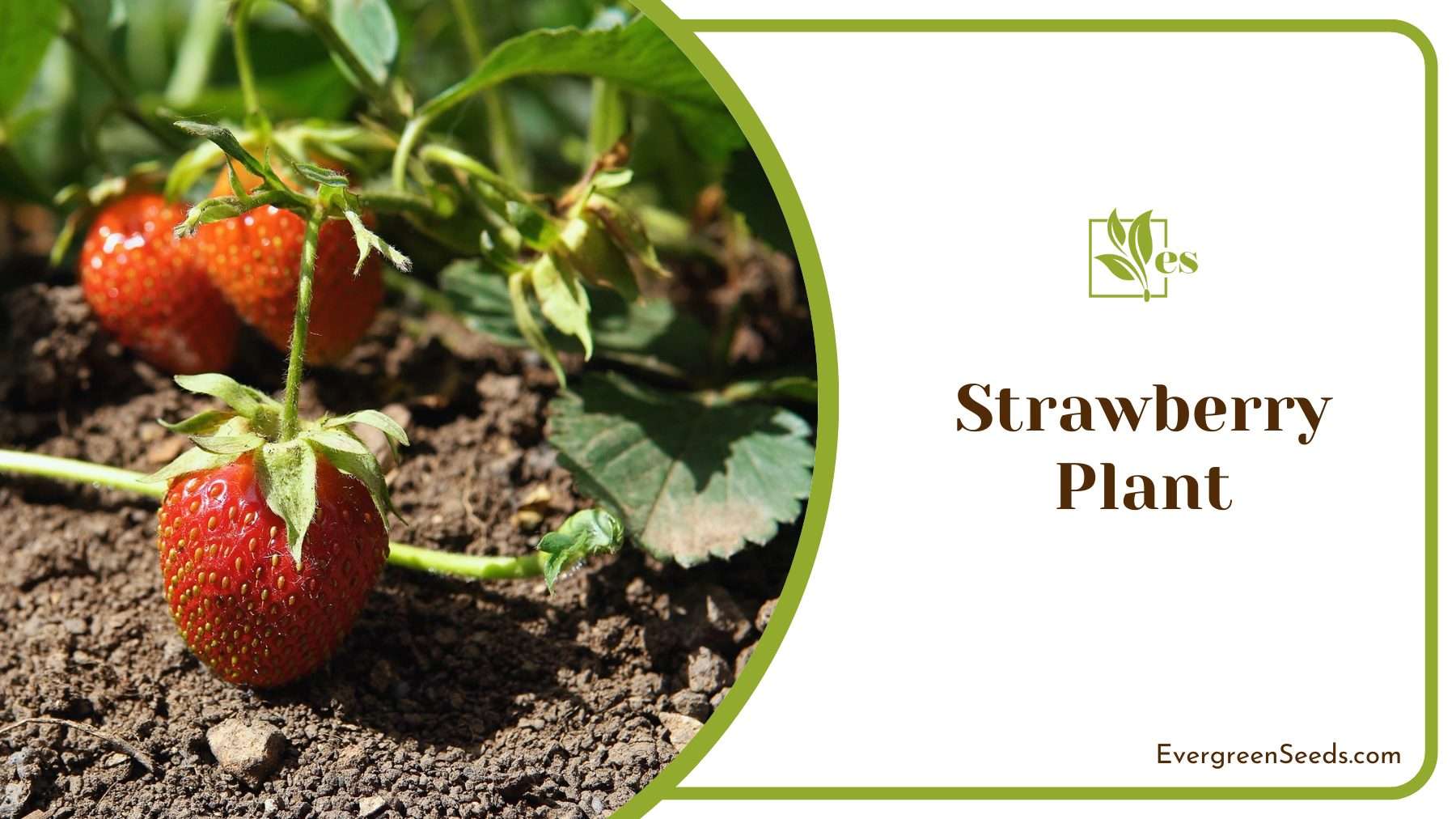
In addition, the runners are used for propagating strawberries. Using runners is considered the simplest and quickest method of propagation for strawberry plants; however, some wild strawberry variants can only be reproduced from seeds.
Strawberries are also regarded as an edible ground cover, and they grow around the world. They thrive in hot, muggy, tropical environments and regions with icy winters that dip as low as -50 degrees Fahrenheit.
– Oxalis
Another example of a plant that produces runners is oxalis. There are roughly 550 species of flowering plants in the genus Oxalis. Because they are small in stature, they compete with crops for nutrients, space, and water and are often regarded as agricultural weeds. They swiftly disperse and create runner plants, which makes them invasive plants.
– Spider Grass
Small indoor plants like the spider plant also sprout runners. It is one of the runner plants that is easiest to identify with the untrained eye. Spider grass is commonly found as an indoor plant and has a very long lifespan.
Spider plants are typically kept in hanging baskets or placed on high shelves. However, they thrive when planted directly in the ground or when they can extend their stolons or runners to the earth below them.
What Is the Difference Between Runner and Stolon Plants?
The difference between runner and stolon plants is that runners don’t have as many leaves as the stolon plants. In addition to this, the stolon grows in a horizontal way, but the runners grow as a longer stolon with multiple roots.
Although the words “runner” and “stolon” are sometimes compared and even used interchangeably, runners are not the same appendage. Stolons, or runner stems, are produced by a number of plants, including grasses. These plants can only spread through stolons because they are unable to reproduce sexually.
Stolons are used to refer to the runners or the horizontal stems that sprout at the surface of the soil. The ends, or nodes, are where they produce new plants with green leaves. Stolons have the capacity to produce additional clones of the same plant from buds at the tip.
In addition, the stolons in plants are used to facilitate vegetative propagation. Plants reproduce asexually through vegetative propagation, which takes place in the roots, stems, and leaves. Asexual reproduction occurs in the stem of a stolon, where it develops horizontally with buds at its nodes and terminus.
– Origin and Rooting
Runners are from the axillary buds of a plant and produce roots from the tips, whereas stolons originate from the base of a plant, and roots come from their nodes. If we take the example of peppermint, we see how these plants are typically small and develop along the banks of freshwater rivers. They also spread through runners.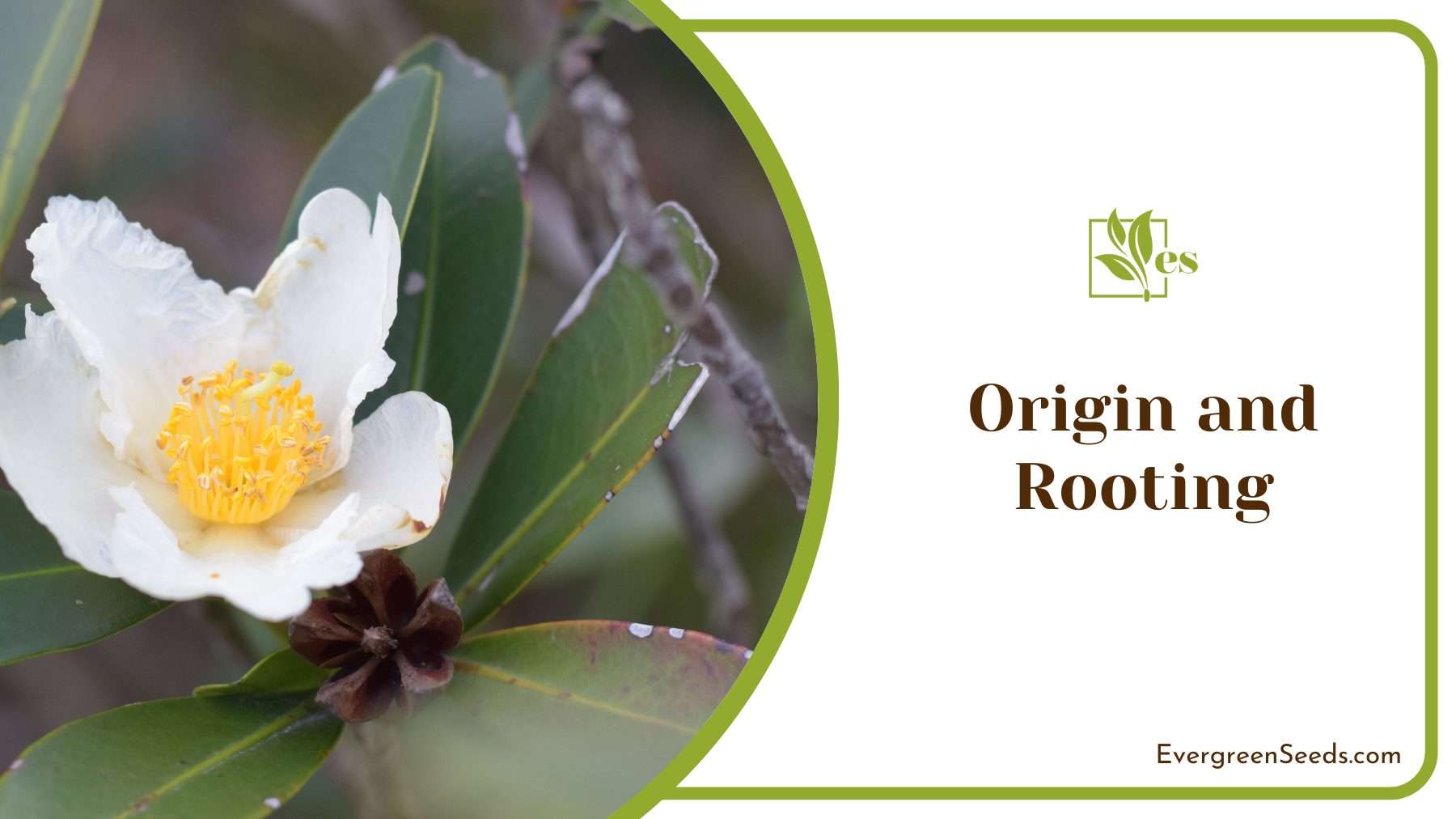
Planting peppermint in your home doesn’t need much maintenance because it spreads quickly and covers the surrounding region. This matter has to do with Mint having stems that are above grounds coming from the parent plant.
– Structure
Runners grow above ground; knowing this, you must also think about the structure of these plants as they do not enter the soil; they simply make contact with it and form roots. Stolons, on the other hand, grow along the ground and grow in the air for a while before becoming curved and entering the soil.
These curved branches produce roots from which new plants can grow. In addition, when it comes to the structure of the stolons, these plants prefer moist, humid environments with lots of sunshine, and also they aim to develop roots at the nodes and vertical shoots that are about 0.39 inches tall.
– Function
Runners have more functions when compared to stolons, the main purpose of which is propagation or vegetative reproduction. One of the runner plant functions is to help in the reproduction of the plant, support the plant by anchoring, and absorb additional nutrients.
The main function of runners and stolons in plants is vegetative reproduction. They serve as another method of propagation, rather than producing another plant from a seed. Given that plant reproduction often requires energy focused on seed production, which consumes most of the plant’s energy, the growth of the plant tends to slow down.
However, runners and stolons allow the plants to continue to spread over an area without wasting energy on seed formation. This tends to drive out other plants and some weeds.
As the daughter plants spread around the mother plant, the root system has a larger surface area to forage, so the whole plant composition utilizes all available soil nutrients and moisture. However, a plant runner is not entirely independent. It connects the new plant to the mother plant and must remain attached to it in order to survive.
Once the stolons produce new plants, the daughter plants, like the mother plant, will start to bear fruit, ensuring a high yield throughout the growing season. This is the best advantage that plants with runners and stolons have.
However, there are also some negative effects on plants with runners or stolons. Since producing all the daughter plants also requires a significant amount of energy from the mother plant, the focus shifts toward vegetative spreading rather than fruiting. This will eventually result in a decline in fruit production.
– Variations
An example of a runner plant would be the Bermuda grass is a well-known variety of lawn grass. Among runner plants, doob grass stands out as the best. When they are planted in a certain spot, they spread and cover the entire area. Because of this, they are used in gardens and utilized as a form of ground cover, so this is a way that you can be sure of.
You can remove some of the runners and grow the daughter plants in a different area. This will prevent the plants from battling for the soil nutrients and will make them healthier in their own areas.
On the contrary, you must also be mindful of the different plants that are stolons and the various ways that they grow and thrive, for instance, you can take the warm-season turfgrass Zoysia japonica, also known simply as Zoysia, which spreads via stolons and rhizomes to create a thick lawn or grassy area. This plant is known to have durability, weed resistance, heat tolerance, ease of mowing, and a nice green color during the growing season.
Ranunculus Repens plant, and how it is considered hairy, having hair on both the leaves and stems. It can produce bright yellow, glossy flowers, typically with five to ten petals. Its flowers usually bloom between March and August. This plant reproduces through long, branching stolons that root at nodes and vegetative through seeds. The stolons begin to sprout early in the spring and late in the summer.


